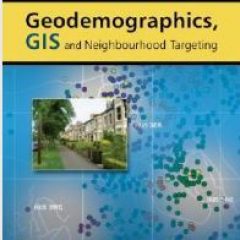Demographic definition
dem·o·graph·ics/ˌdeməˈɡrafiks
plural noun: demographics
- statistical data relating to the population and particular groups within it.”the demographics of book buyers”
Demographic. Potential customers are identified by criteria such as age, race, religion, gender, income level, family size, occupation, education level and marital status.
Most Common Demographics Examples
- Age.
- Gender.
- Race.
- Marital status.
- Number of children (if any)
- Occupation.
- Annual income.
- Education level.
- Example: a particular sector of a population.”the drink is popular with a young demographic”
Geodemographic or Geodemography definition
In short, geodemography is the study of people based on where they live. Geodemographic systems estimate the most probable characteristics of people based on the pooled profile of all people living in a small area near a particular address.
Geodemography is a branch of market research that assigns the attributes of small areas – usually neighbourhoods – to the consumers who live within them and based on this assignment, divides the consumer marketplace into meaningful segments that are locatable and reachable.
Geodemography includes the application of geodemographic classifications for business, social research and public policy but has a parallel history in academic research seeking to understand the processes by which settlements evolve and neighborhoods are formed
In marketing, geodemographic segmentation is a multivariate statistical classification technique for discovering whether the individuals of a population fall into different groups by making quantitative comparisons of multiple characteristics with the assumption that the differences within any group should be less than …
Psychographics Definition
Psychographics is the qualitative methodology of studying consumers based on psychological characteristics and traits such as values, desires, goals, interests, and lifestyle choices.
